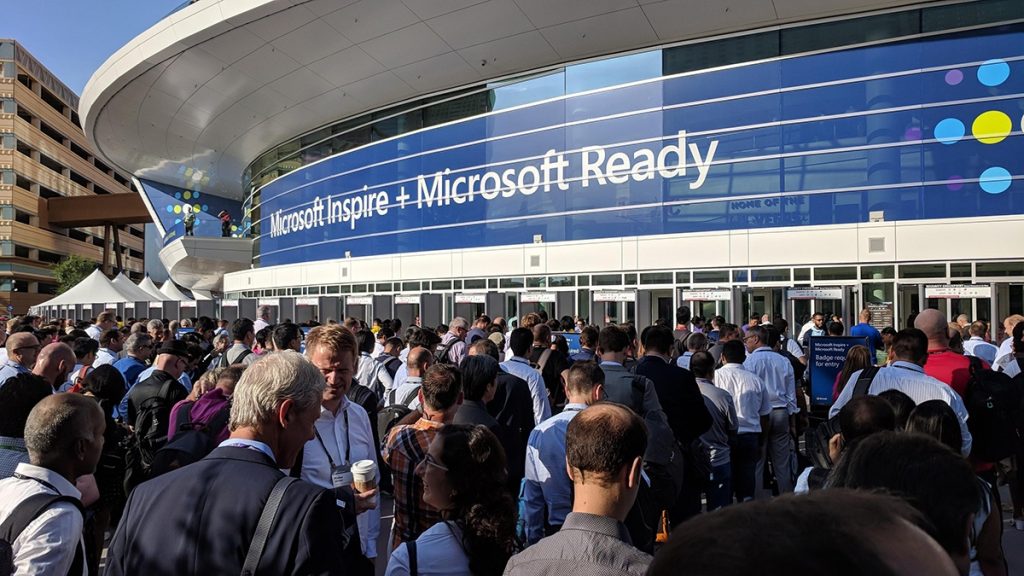Articles /
Microsoft Managed Desktop (MMD) vs. Windows Virtual Desktop (WVD): How do they Differ?

There has been some commotion lately regarding Microsoft’s Managed and Virtualized Windows Desktop announcements. It may appear at first glance that both revolve around Microsoft’s modern desktop theme and are delivered in the same manner, but are actually offering two different services. Microsoft Managed Desktop (MMD) is geared towards a “Device as a Service”-type offering, where Windows Virtual Desktop (WVD) is more of the traditional “Desktop as a Service” offering, although WVD will be able to provide a Remote App experience too.
Microsoft Managed Desktop (MMD) includes a Microsoft 365 E5 license, a physical device (only Surface PCs currently), and endpoint management by Microsoft for one monthly price.
Windows Virtual Desktop (WVD) includes a multi-user Windows 10 Enterprise license, which is virtualized in the Azure cloud and will always be up-to-date and available on any device. The client will need to manage the virtual environment and obtain the necessary Azure resources (virtual machines and storage) to deliver the WVD to its employees.
A high-level comparison of MMD vs. WVD

Microsoft is working to tackle the key challenges that clients encounter while setting up and properly maintaining their employees’ devices. Clients need to stay on top of end point security and stay current with Windows and Office365 monthly updates within the client’s organization.
MMD offers a Microsoft 365 E5 license that is the base running on Surface PC devices. Microsoft provides managed services on client devices, including updates of Windows 10 and Office 365, while configuring policy and security baselines for each device under the MMD plan.
While it does not have the managed services aspect from Microsoft, WVD offers a well-defined process to update the Windows 10 virtual desktops and keep them up-to-date for all the client employees.
Currently, MMD is more suited for larger companies looking to free their own internal IT teams from these mundane repetitive maintenance tasks, while the WVD might be suitable for companies of all sizes. WVD will depend on their employees needs to access their work from any device and still have access to all their companies’ systems. WVD with a Microsoft 365 setup will work well in industries that always need to meet strict compliance requirements by having strict controls on their employee desktops. The ease of wiping an infected virtual desktop and quickly providing a new one to an employee is an additional benefit.
These desktop solutions will hit the market later this year. Before this happens, ATS will be testing out these solutions to provide the best one that best meets our clients’ business needs and budgets.
Bookmark this page: This post will be updated as the solutions become readily available.
UPDATE: On November 19, 2018, Microsoft announced the acquisition of fslogix (https://fslogix.com/), a company that builds tools to reduce the resources, time and labor required to support virtualization. This highlights to me Microsoft’s commitment to improve the performance of Outlook, OneDrive and Office 365 ProPlus in the virtual environment, which also means that they want these applications to run the best in their newly announced Microsoft’s Windows Virtual Desktop.